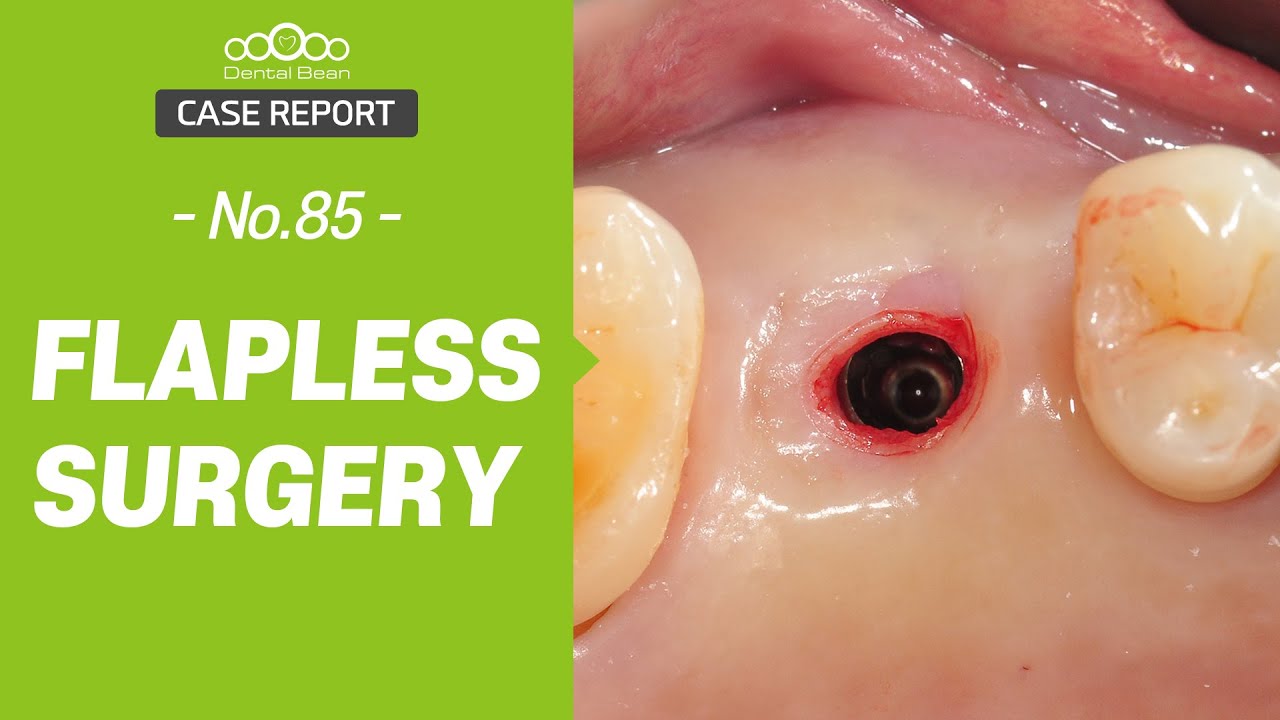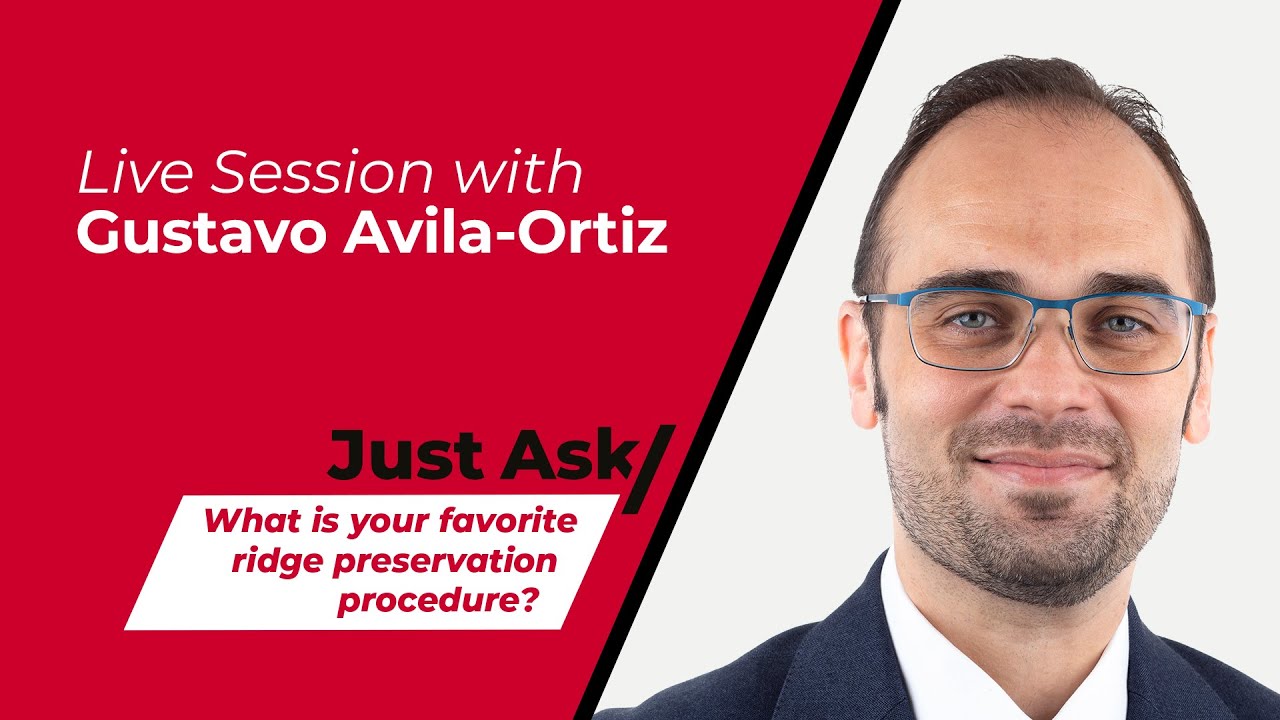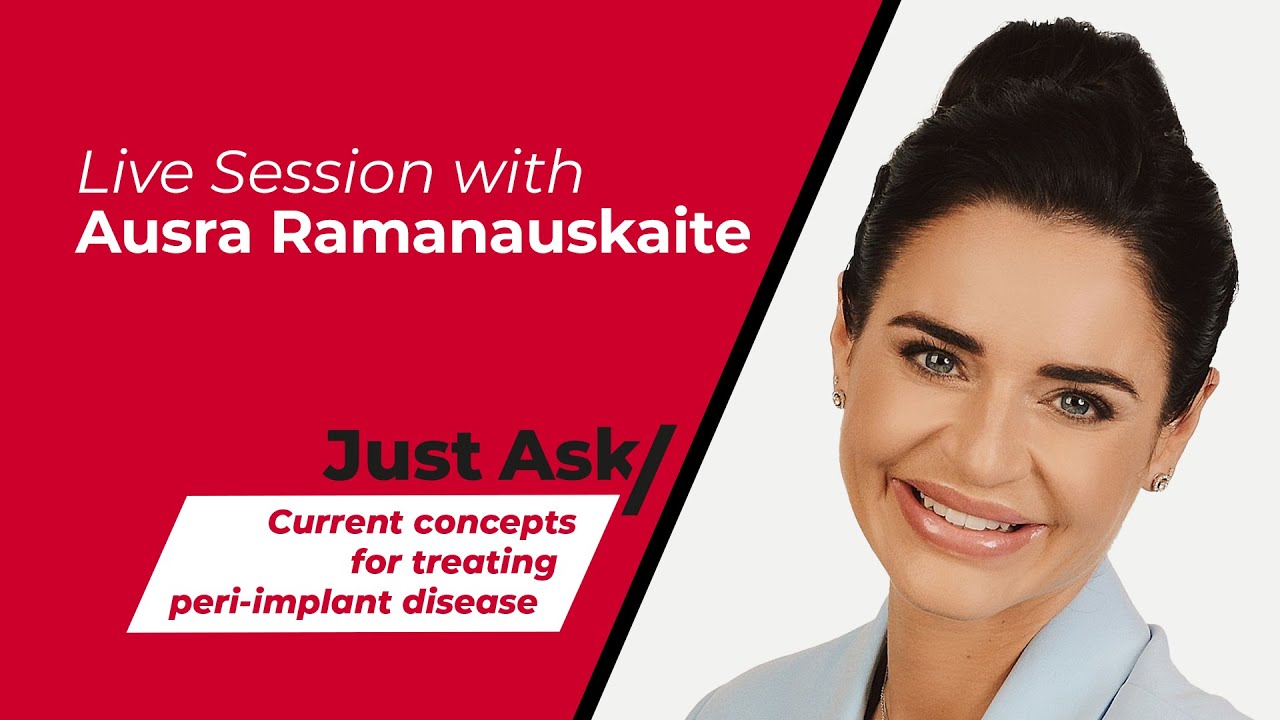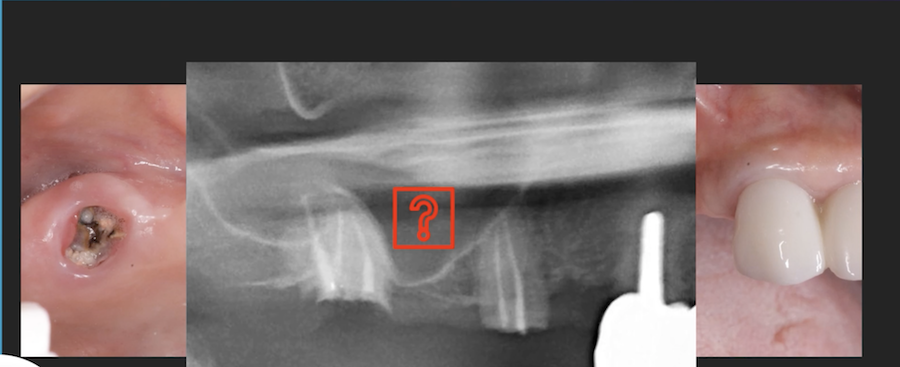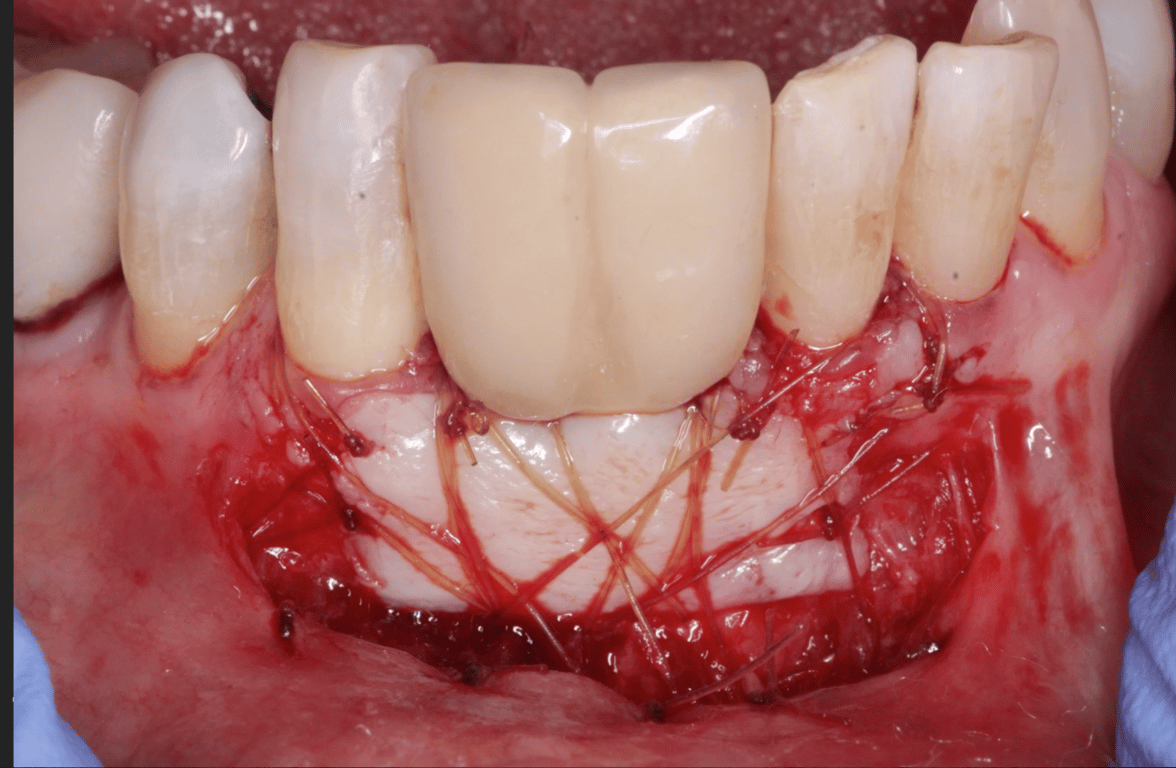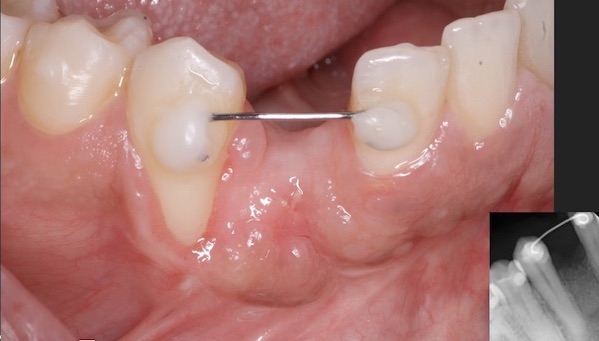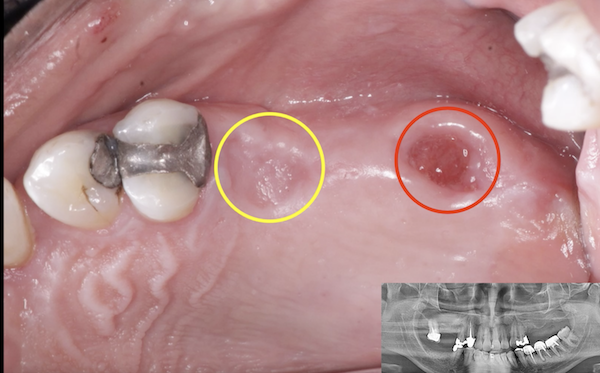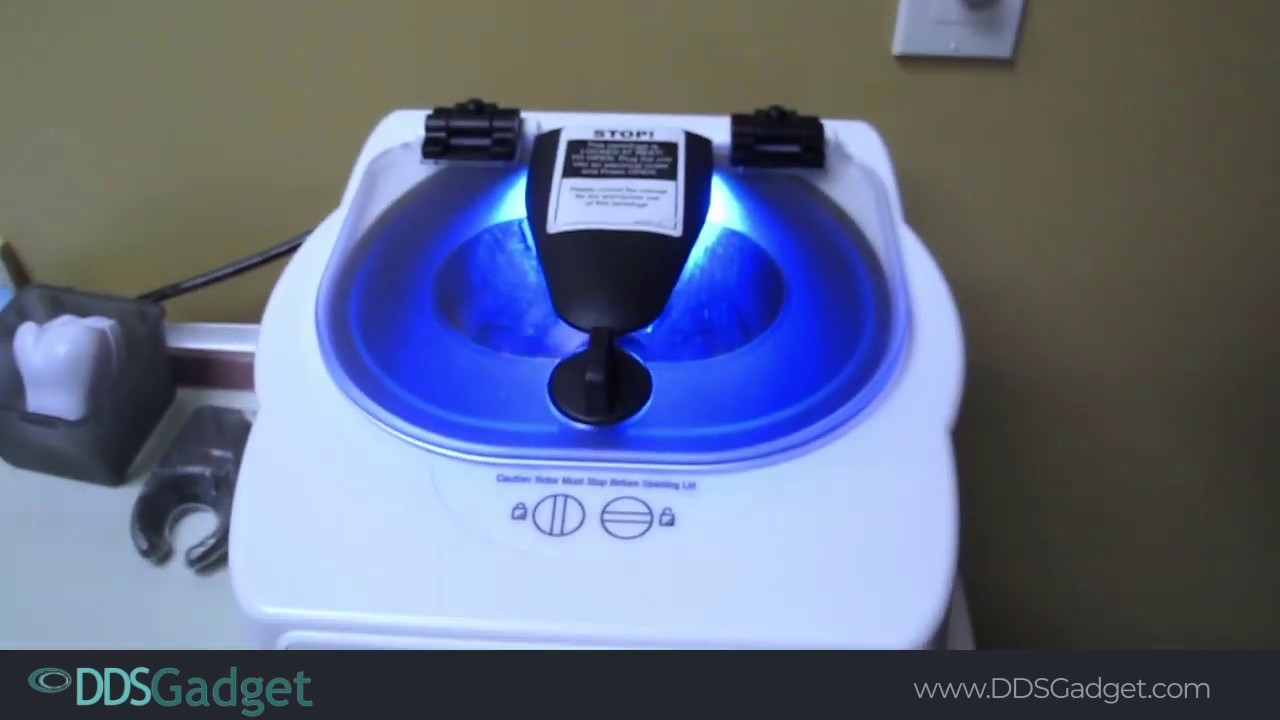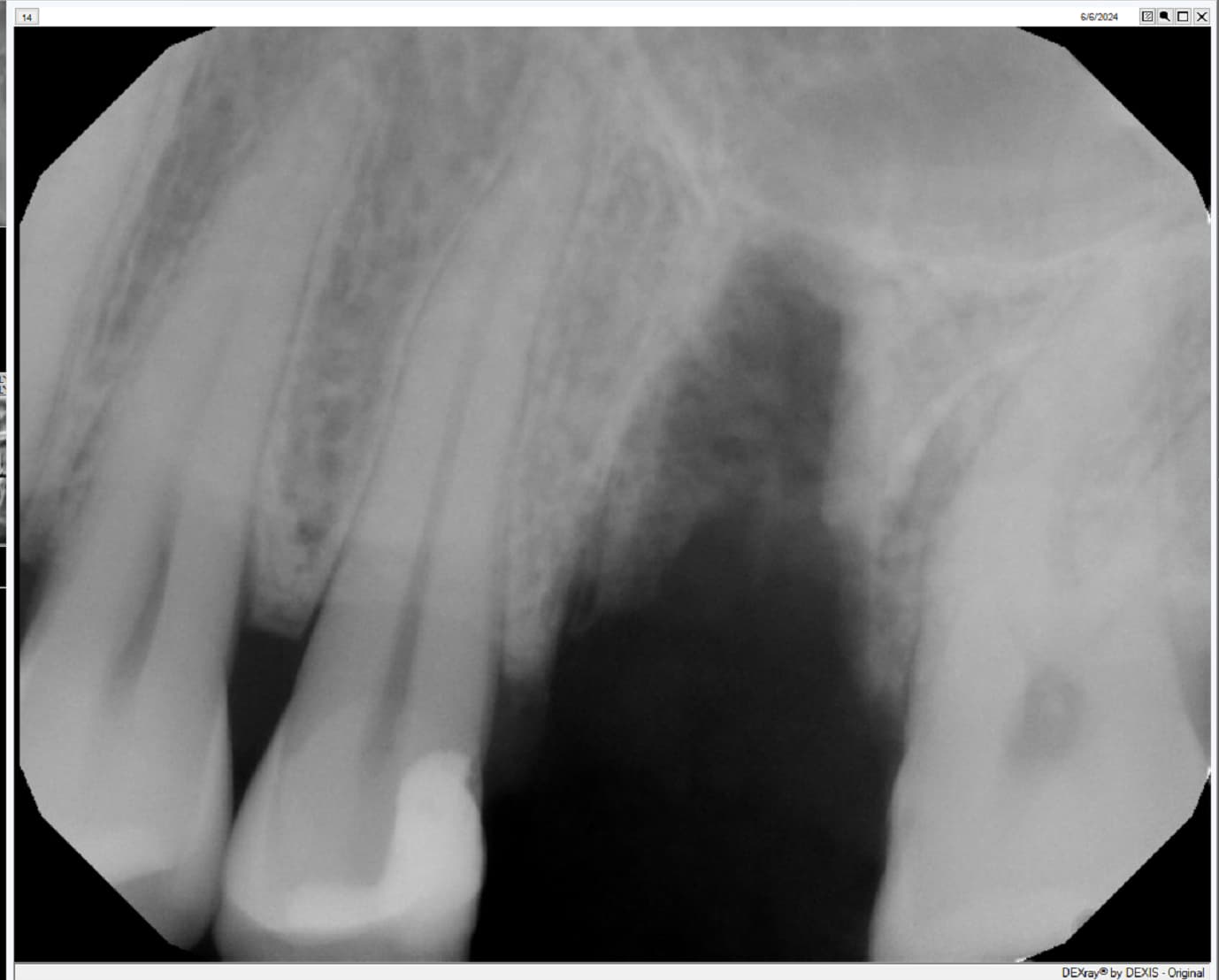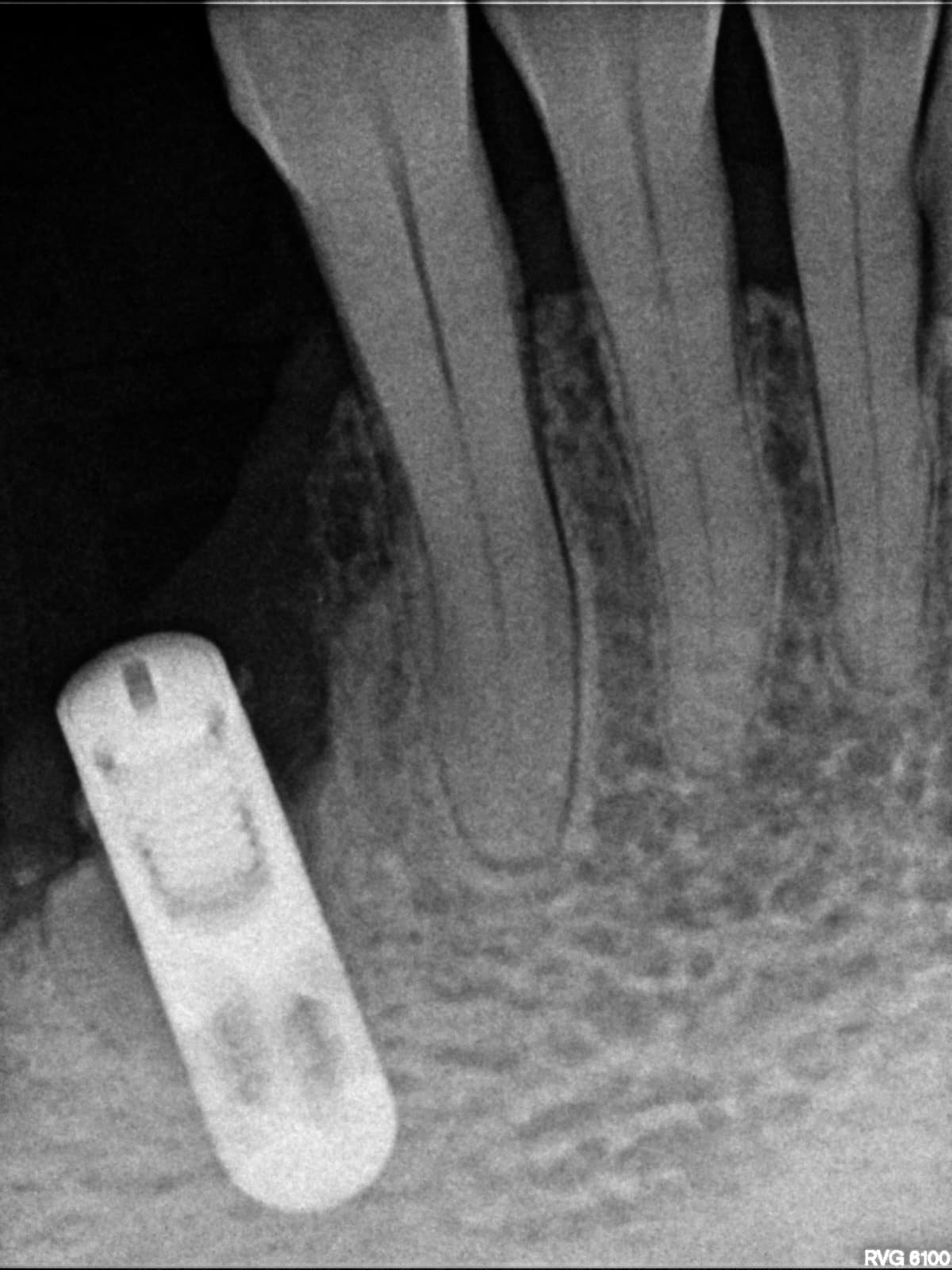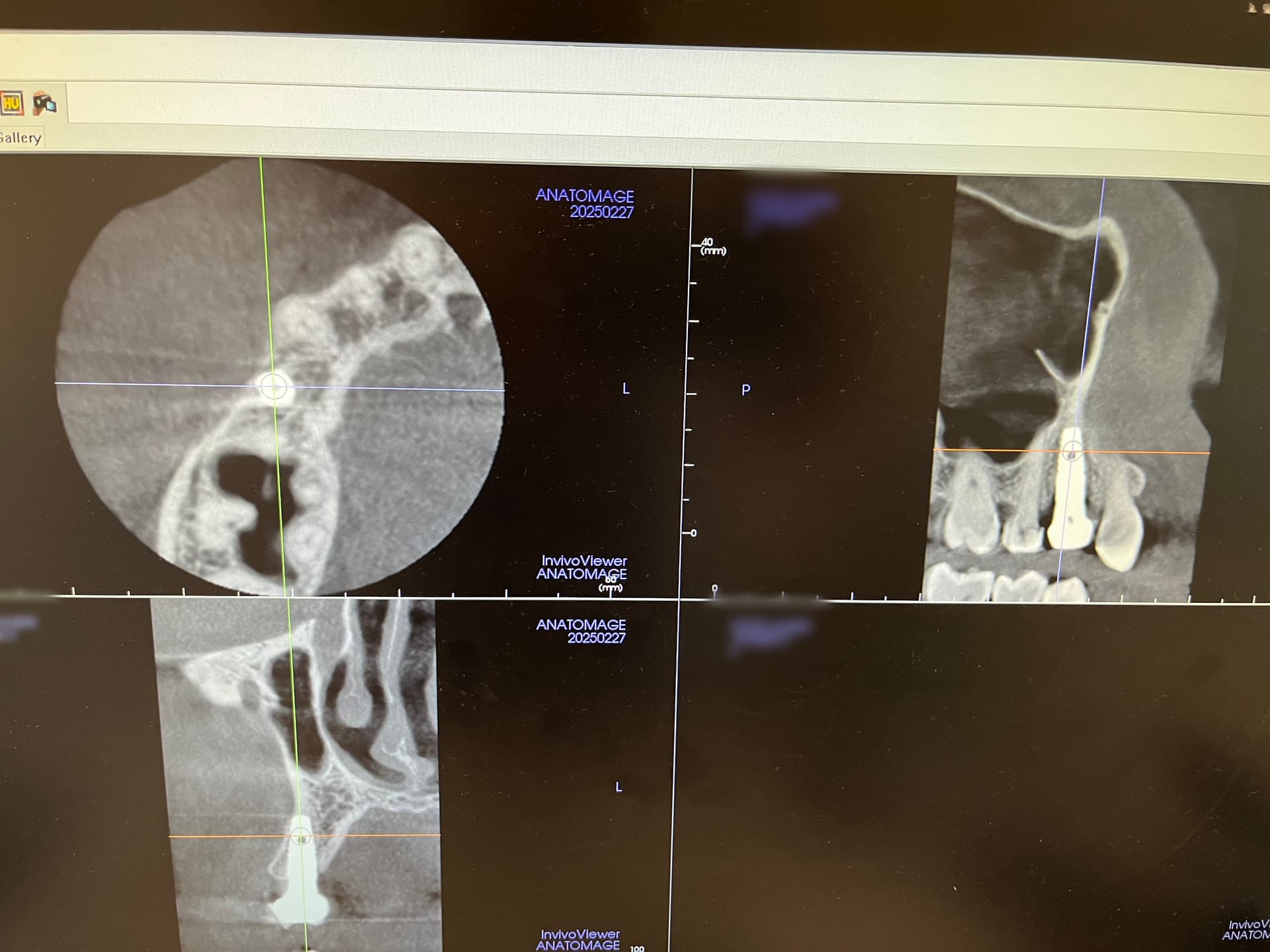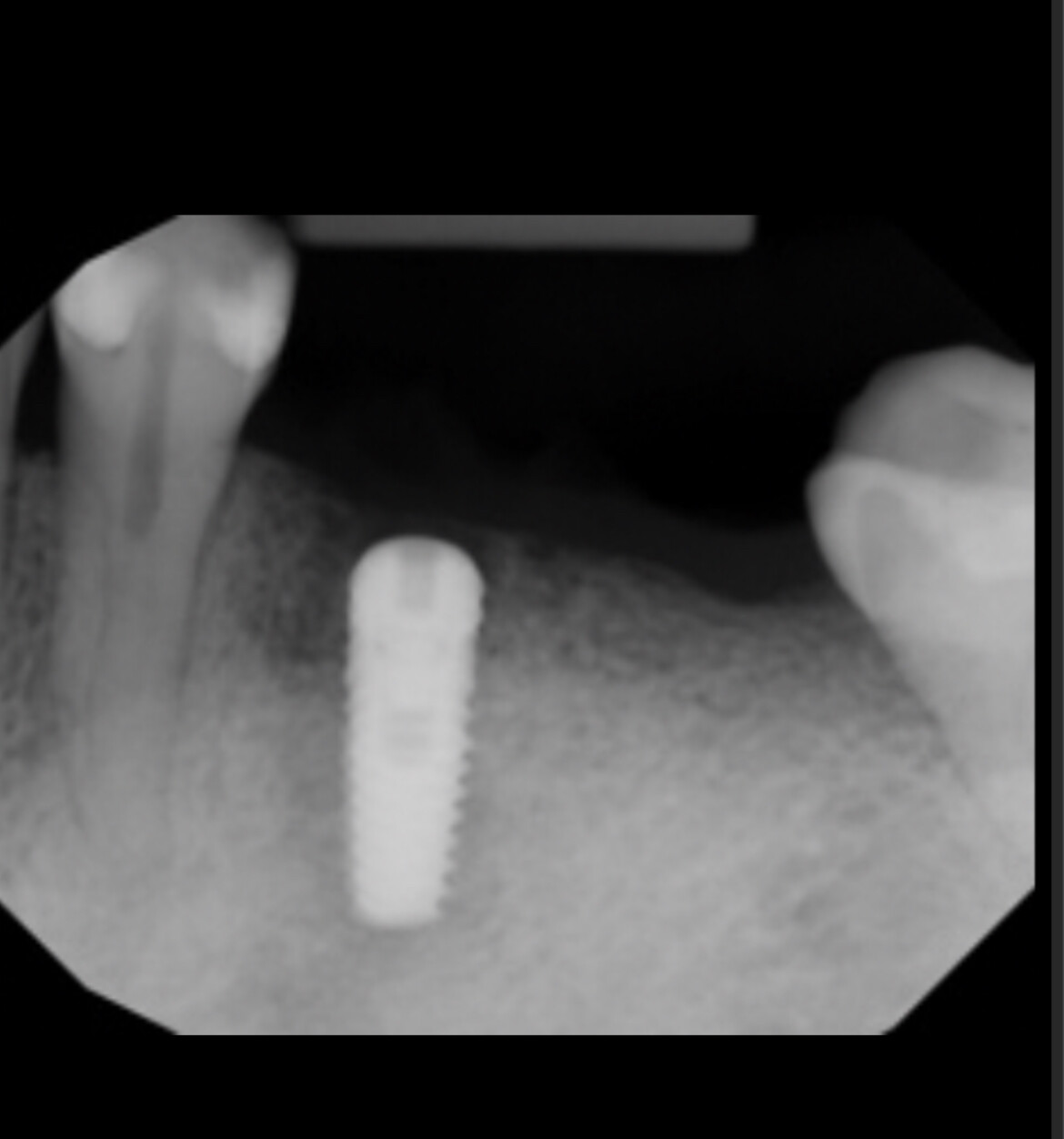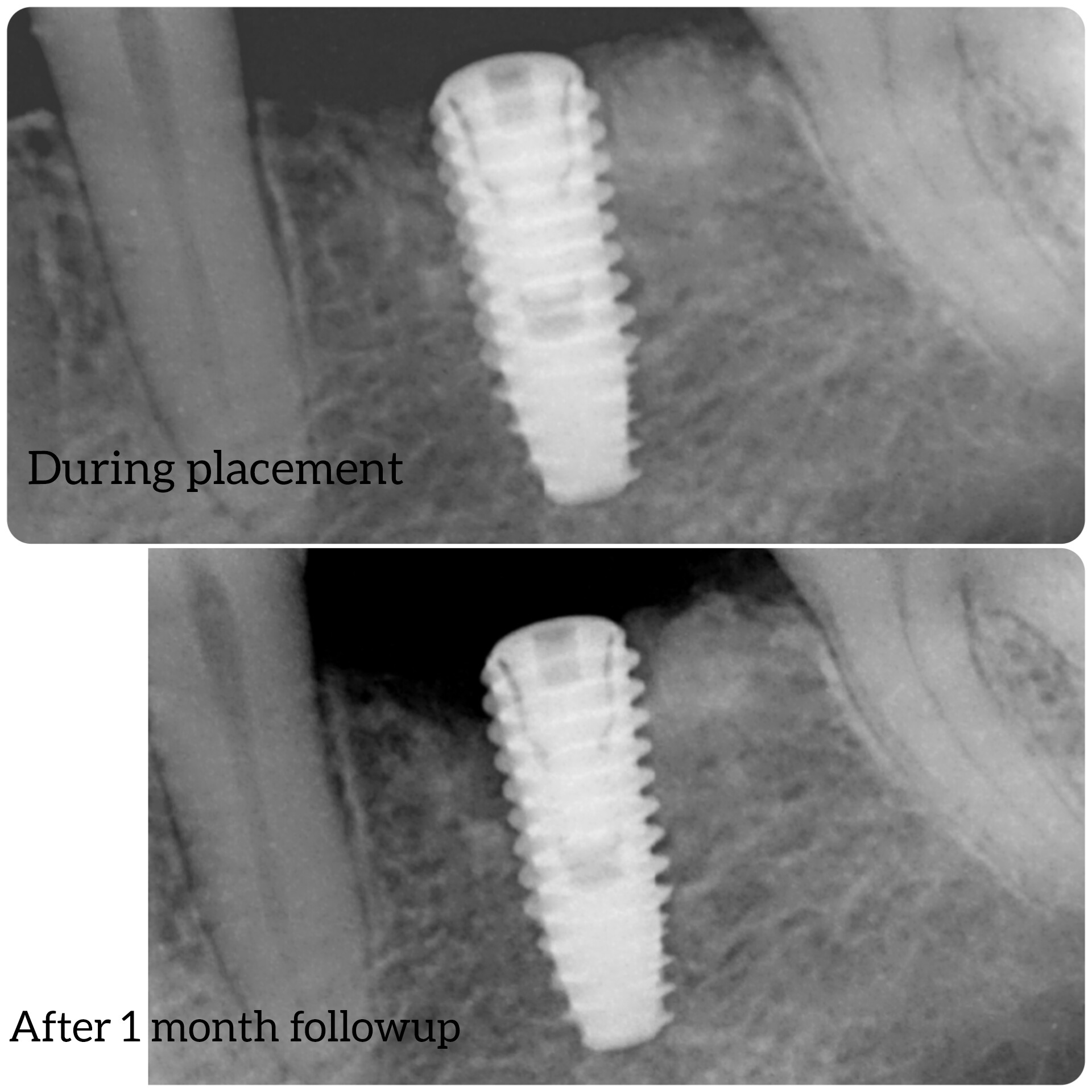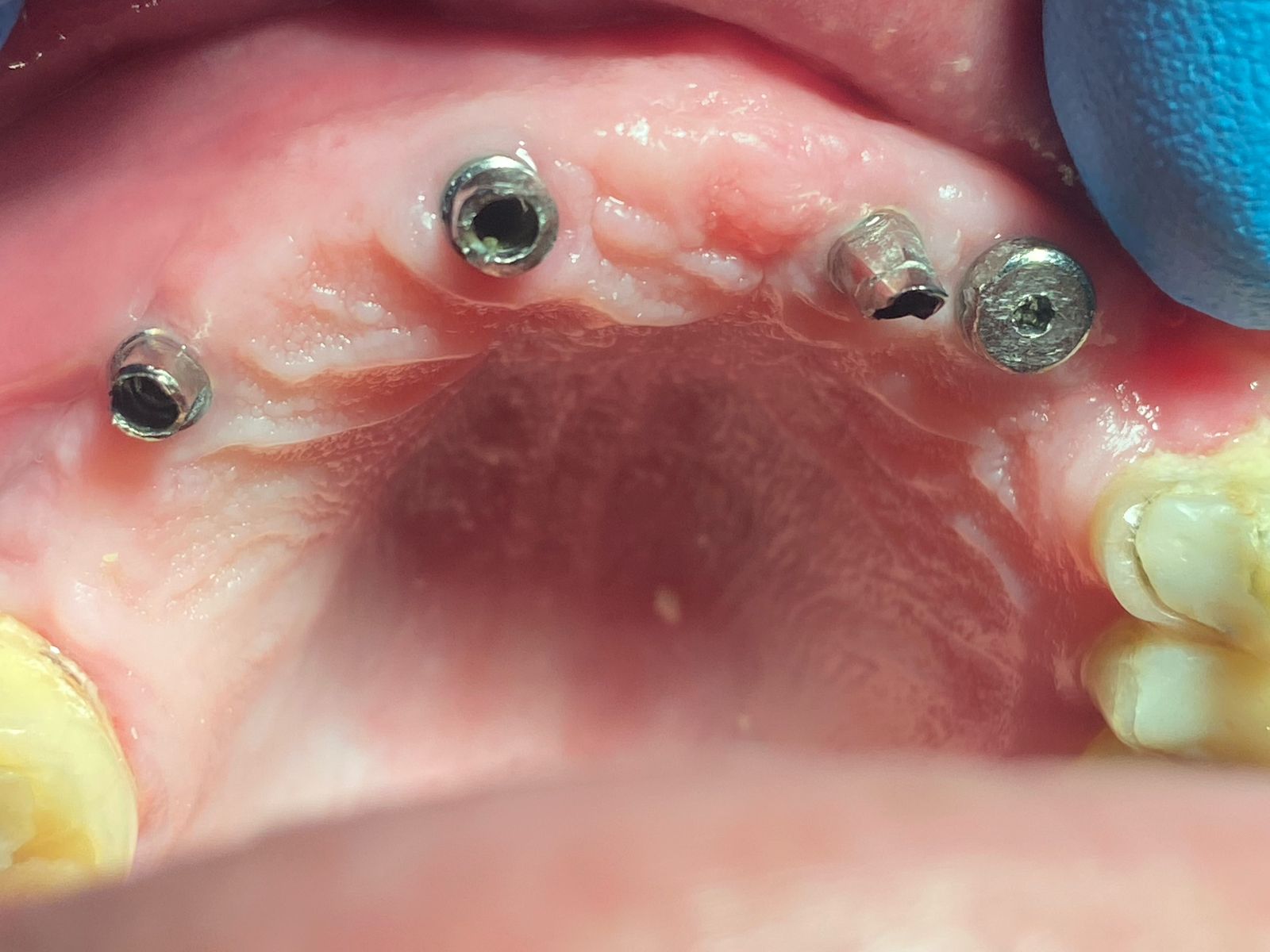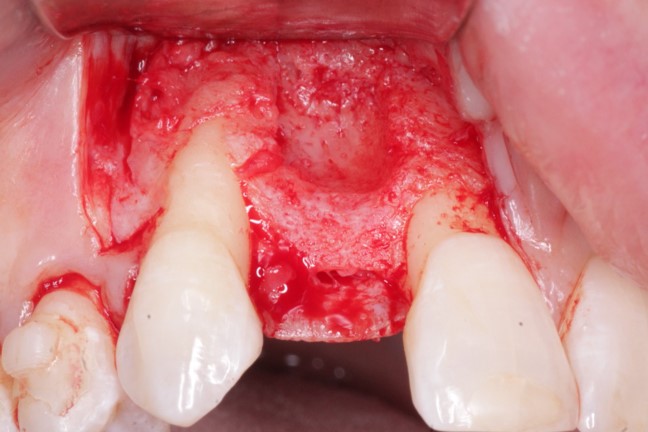Grafting bone around implants: techniques?
My question is not about an actual case. It is a request to share successful techniques for regenerating bone around implants that have lost considerable amounts of bone around them. The implants are very stable regardless of the amount of bone loss. The concern is that under such conditions, with time, the implants will fail. Sharing the technique of successful regenerating of bone is obviously welcomed. It is my assumptions that those that have been placing implants for some time have dealt with such conditions. Since tenting is an acknowledged procedure in bone regeneration, one can assume that an implant in itself will provide similar conditions to placing tenting screws . The issue is integration.
17 Comments on Grafting bone around implants: techniques?
New comments are currently closed for this post.
Carlos Boudet, DDS DICOI
1/7/2019
There are few techniques that are standard when grafting around implants, such as detoxification of the implant surface. Some use a laser such as the waterlase, others use chemical detoxification. I surveyed several local surgeons and most use tetracycline to detoxify the surface.
Some leave the rough surface, while others try to remove it. I leave it.
The important part is the osseous defect. A defect surrounded by osseous walls that will be the source of the cells needed for osteogenic activity will likely succeed in regenerating bone, but a horizontally flat architecture will be questionable at best if trying to grow bone on top of it, even with tenting. In that case, the only chance will be through the addition of rhBMP-2, or some form of autologous bone.
There is a lot to talk about....
Paul
1/7/2019
Carlos Boudet, you did not say if you were successful in the treatment of osseous degeneration around implants. People (dentists) take on modalities that only they know why. That is in the category of experiments. What you mentioned, I am very familiar with but my attempts to treat all failed. I did not use a laser only different forms of tetracycline.
Carlos Boudet, DDS DICOI
1/7/2019
Did you document the type of defect treated? Was it a crater?
Carlos Boudet, DDS DICOI
1/7/2019
On craters I have had good success. I have a couple of cases treatment planned presently that would require rhBMP-2 if they accept. I know a local periodontist that has had success with Emdogain. I will be getting a case back from him soon and I am curious about the results with that.
Gregori M Kurtzman DDS
1/7/2019
here are two articles that may be of interest on this topic
https://cdeworld.com/courses/4691-Treatment_of_Peri-implantitis?c=215
https://www.aegisdentalnetwork.com/id/2016/11/treatment-of-peri-implantitis-with-a-diode-laser
key is if you want bone to grow back to the implant surface you have to completely clean that exposed surface and make it sterile
Carlos Boudet, DDS DICOI
1/8/2019
I'm sure you mean disinfected, not sterile.
Timothy C Carter
1/7/2019
They are different than teeth, in fact more difficult and unpredictable. If you are looking to get vertical bone height forget about it, not gonna happen with any level of predictability. Most of the time, IMO, there is a soft tissue deficiency which is likely the primary cause of the bone loss. Augment the soft tissue and you can dramatically improve the situation. I know the manufacturers do not teach this in their courses but it is very beneficial.
Gregori M Kurtzman DDS
1/7/2019
When feasible its best to remove the prosthetics place a cover screw detox the exposed threads place the graft place PRP/PRF or a membrane and try to get primary closure you will see much better regeneration then keeping the prosthetics on during graft healing
Paul
1/7/2019
Timothy Carter,
How do you know that?
Timothy C Carter
1/8/2019
If you look at biotypes you will find that the thick biotype (thick soft tissue) has thick bone under it. The thin biotype (thin scalloped soft tissue) will have very thin if any bone under it. After seeing this for over 15 years I have come to my own conclusion that thicker tissue supports thicker bone or possibly thicker soft tissue protects the bone. I am not going to cite any articles, though I know they exist and read some during residency, but this is just what I see all the time. With that I have formed the opinion that having thick soft tissue around teeth as well as implants is a good thing. I routinely augment soft tissue around compromised teeth in an effort to improve their prognosis and I do this around implants as well. As far as vertical bone augmentation it is just unpredictable rather it is a tooth or an implant site. Given that the implant lacks a blood supply it makes sense and has been shown in my hands to be even less predictable. When I was a resident we had to prove that we were competent in soft tissue grafting prior to placing an implant and/or performing a hard tissue augmentation procedure. "The tissue is the issue"!!
Timothy C Carter
1/8/2019
Dr. Herbert Shillingburg (Author of Fundamentals of Fixed Prosthodontics) used to say "Experience is a fancy word for a collection of F%&K ups". With that being said I give opinions based on my own errors and or observations. I know "Implant Guy" gets upset when I post about problems I see with the ID prosthetic connection but it just what "I" see happening around "Me". So if a stable implant is experiencing bone loss than perhaps a soft tissue augmentation will help to alleviate the situation. It has worked a lot of times for "me".
omsbiker
1/7/2019
I don't see anyone commenting about the type of surfaces that are being treated. This is an important point since some surfaces are much more difficult to treat ie. Tiunite.
Dr. Gerald Rudick
1/7/2019
The term periimplantitis came out many years after the term osseointegration was coined by Dr. Branemark ; when he described how bone would attach itself to the surface of the implant, but he did not discuss the probability of cell breakdown after the bone was so firmly attached...…..we thought it would stay in place forever...….well we now know that problems can arise...… the key to solving this problem is proper detoxification of the surface that has been attacked. There are many ways to try to detoxify the implant surface such as chemical detoxification, laser, physically with the I-brush, etc...…. but it is still physically impossible to guarantee the complete removal of deleterious cells that are destroying what we have created......very frustrating, and we have to see how the bright minds in this field of dentistry will eventually solve this problem.
Richard Hughes DDS
1/7/2019
Occlusal control is important. I detox with doxycycline and a Er:YAG laser after thorough as possible degranulation. I also decorticate the bone in the defect. It’s best to unload. PRP/PRF seems to help. The patient needs to do their part and wear a deprogrammer and have their systemic issues treater, if any. The root cause is usually occlusal parafunction.
Andy
1/8/2019
Dr Hughes,
I thought Dr. Tarnow dispelled the implant crestal bone loss caused by occlusal trauma long ago. Studies from long ago support bone densification from loading implants THAT HAVE OSSEOINTEGRATED. Sure premature loading prior to complete osseointegration can cause bone loss. Also, the tissue is not the whole issue. Thick biotype IS more resistant to infiltration and breakdown than is thin biotype but microbes are equal contributors.
Paul
1/9/2019
I am the author of the question. For some time I wonder why implants have to be of circular cross section. In the mechanical world to keep a bolt firmly in place a spring washer is applied . In implants that concept is obviously no feasible. Instead one could either deform the implant by threading in an internal tapered screw after the implant is placed. Obviously provisions would have to be provided in the design of the implant. It could be manufactured with a square, triangular o hexagonal cross section. It would still screw in but the chances of movement would be much lesser after integration . Round pegs unscrew easier. Micro movement of an implant turns into a macro movement and failure. Some periimplantitis and bone loss can definitely be attributed to the movement of the implant. Immediate loading most likely is a culprit. Movement of an implant leads to biological implications, diminished blood supple being one and infiltration of microbes. I come from an engineering background and wonder if some of my ideas makes sense to some of the participants of this forum.

